- Write by:
-
Friday, March 12, 2021 - 12:45:59 PM
-
402 Visit
-
Print
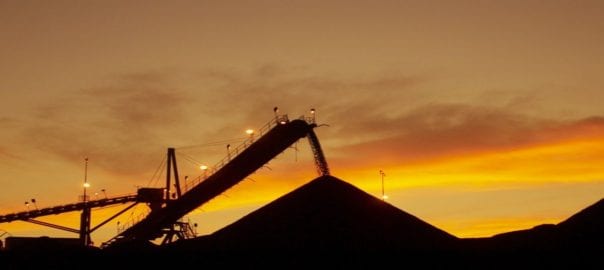
Mining News Pro - Glencore has revealed that its coal portfolio is likely to only consist of Australian operations by 2050, a plan that’s in line with the company’s emissions reduction targets.
In the company’s annual report, released this week, Glencore highlighted that its scope one and two emissions have both been reduced by more than 20 per cent on 2018 levels, as the company continues to target carbon neutrality by 2050.
Glencore chief executive officer Ivan Glasenberg outlined the company’s roadmap to carbon neutrality.
“We expect our coal portfolio to produce no more than 85 million tonnes by 2035, down 40 per cent from 2019 levels. By 2050, our only remaining coal mines, if any, will likely be in Australia,” the report stated.
Glasenberg conceded that with the footprint of a multinational mining company, Glencore’s emissions goals have been tempered to maintain a realistic outlook.
“We recognise our responsibility in contributing to the global effort to achieve the goals of the Paris Agreement through decarbonisation of our own operational emissions footprint,” Glasenberg said.
“However, we believe our contribution should take a holistic approach and consider our commitments and ambition through the lens of our total emissions footprint.”
Glencore is still expecting strong returns from its $US11.9 billion ($15.3 billion) coal portfolio as it continues to wind down operations in the coming decades.
“Selling our coal mines does not remove their associated emissions. While there is demand for coal, and it is economic to do so, we will continue to operate our mines until they reach the end of their lives,” Glasenberg said.
The importance of government support was highlighted by the report as a compulsory part of Glencore’s emissions reductions targets.
“We cannot achieve net zero alone. Continued reductions in emissions will depend on coordinated government policies, including incentives to drive accelerated uptake of lower carbon and decarbonisation technologies, and market-based regulations governing industrial practices that drive a competitive, least-cost emissions reduction approach,” the report stated.
Glasenberg outlined Glencore’s main sources of revenue in a post-coal economy, allowing the company to thrive despite the environmental transition.
“The majority of our earnings comes from the metals and minerals that enable the transition to a low-carbon economy. We are one of the largest global producers of copper, nickel, zinc, vanadium and cobalt and will continue to prioritise investment into these commodities,” Glasenberg said.
Glasenberg won’t be at the company to witness its goals be accomplished, however, as he continues transitioning his role as chief executive officer over to successor Gary Nagle, after almost four decades with the company.
He promised that his successor would seamlessly pick up from where he’d left off.
“I have worked closely with Gary over the last 20 years and the board and I have every confidence that he will continue to drive our business forward with the enduring principles of dedication and commitment that have contributed to its success to date,” Glasenberg said.
Glencore chairman Anthony Hayward assured stakeholders the succession plan was nothing to worry about.
“To have your chief executive officer (CEO) and principal senior business leaders retire within a period of two and a half years would normally be considered a material risk for business continuity,” Hayward said.
“However, it is a testament to Ivan and his former partners that they have managed a seamless succession to the next generation of leaders, whom I am confident have the abilities to lead the Company into the world of tomorrow.”
Short Link:
https://www.miningnews.ir/En/News/611783

China’s state planner on Friday finalized a rule to set up a domestic coal production reserve system by 2027, aimed at ...
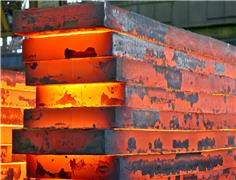
Iron ore futures prices drifted higher on Thursday as the latest soft data from top consumer China triggered renewed ...
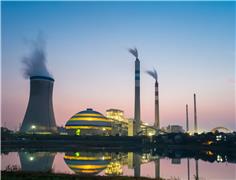
The world’s coal-fired power capacity grew 2% last year, its highest annual increase since 2016, driven by new builds in ...
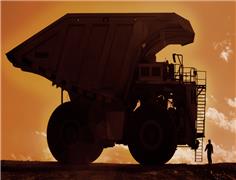
Peabody Energy Corp. shares sunk to the lowest in seven months after the biggest US coal miner warned that first-quarter ...
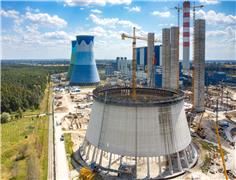
Polish government is abandoning plans to separate coal-fired power plants into a special company and is considering ...
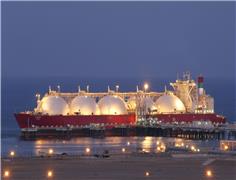
Vitol Group confirmed that it’s starting to rebuild a trading book for metals after a long stint out of the market, with ...
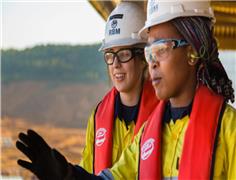
Rio Tinto said on Wednesday it is teaming up with a global venture studio and start-up investor to back the development ...
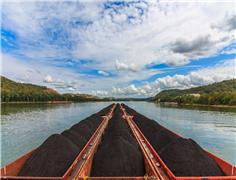
BMO Bank quietly dropped its policy restricting lending to the coal industry in late 2023, helping it avoid being ...
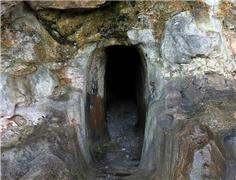
Researchers at the University of Edinburgh discovered that bacteria found in areas polluted by acid mine drainage had ...
No comments have been posted yet ...